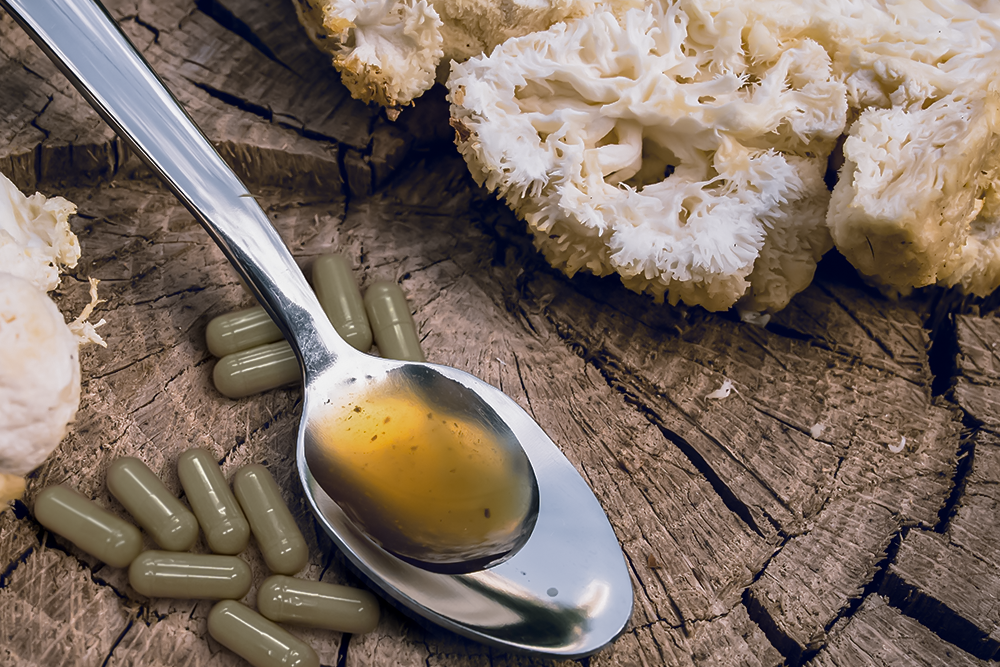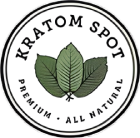
Kratom users love kratom. There’s no surprise there. It’s a wonderfully versatile plant with a startling number of applications, both therapeutic and recreational. Kratom helps people, changes lives, and allows users to be their best, most unencumbered selves.
But kratom is hardly the only nootropic botanical out there, and it pays to be informed about alternatives.
Whether you’re looking to supplement your kratom use with another natural nootropic, want an alternative while you’re taking a tolerance break, or just want to know the deal about kava vs. kratom or other common alternatives, this is the article for you!
Let’s break down a few of the most common kratom alternatives.
Background on Kratom
Let’s start out with a quick overview of kratom. After all, it helps to know what we’re comparing these so-called “kratom alternatives” to!
Here are a few characteristics of kratom, all of which will be useful for our comparisons to our alternatives later on.
- Kratom comes from the mitragyna speciosa tree. It is a natural botanical native to several Southeast Asian countries.
- Kratom leaves can be chewed, though it is more common to grind the leaves into a powder, which is then taken by mouth or turned into a tea or other beverage.
- Kratom has a raw, naturally bitter and somewhat earthy flavor, so kratom beverages and other preparations often seek to mask the taste.
- Kratom’s effects are dosage-dependent; lower doses tend to produce more stimulating effects, while higher doses tend to produce more relaxing ones.
- Kratom comes in several distinct strains, each producing noticeably different effects.
- Kratom’s effects come mainly from its alkaloids, especially mitragynine and 7-hydroxymitragynine.
- Kratom is legal throughout the majority of the United States, though some states or counties have imposed local bans.
Kava vs. Kratom
Kava is the common name for Piper methysticum, a plant native to the Pacific Islands.
Kratom and kava have a lot in common. Their effects are similar, though the duration is different. They’re both frequently taken as beverages and sometimes even served together in specialized “sober bars”! Of all the alternatives presented in this article, kava vs. kratom are undoubtedly the easiest and most direct comparison.
Effects
- Like kratom, kava’s effects are dosage-dependent, with small doses reportedly being more energizing and larger doses more relaxing.
- Kava’s dosage is more finicky, and its stimulant properties are shorter-lasting. As such, kava users most often take it for its sedative effects.
Taste
- Kava, like kratom, has a naturally bitter taste; in fact, the word “kava” reportedly comes from the Tongan word ‘awa’, meaning “bitter”.
How It’s Used
- Kava is most frequently taken as a beverage, and a number of “kava bars” have sprung up where users can have their dose professionally prepared.
- Some kava bars even serve kratom beverages, either as an alternative or as a supplement to the kava offerings.
Legality
- Kava is legal throughout the United States, and no states have imposed local bans.
Lion’s Mane Mushroom vs. Kratom
Lion’s mane mushroom is a natural nootropic derived from, you guessed it, a mushroom!
Lion’s mane is far more specialized than kratom. It is used exclusively for therapeutic benefits, and it is said to fight anxiety and provide a sense of relaxed calm. These effects are far more subtle than kratom’s, and lion’s mane won’t make a good substitute for kratom. Nonetheless, many users use it as a supplement to kratom or as a partial substitute for more relaxing kratom strains.
Effects
- Lion’s mane is taken for a variety of therapeutic effects. These include heart health, anti-anxiety, and neuroprotective effects.
- The most comparable effect to those of kratom is lion’s mane’s ability to induce calm and relaxation while fighting anxiety. This could be comparable to, though far more subtle than, the calming effects of certain Red Kratom strains.
Taste
- Most users find that lion’s mane mushrooms have a somewhat seafood-like flavor. Some compare it to the taste of crab or other shellfish.
How It’s Used
- Lion’s mane mushrooms can be taken in a wide variety of ways. Some cook and consume the entire mushroom; others take lion’s mane as a powder or in capsule supplements, much like kratom capsules.
Legality
- Lion’s mane mushrooms are fully legal throughout the United States.
Blue Lotus vs. Kratom
Blue lotus, or Nymphaea caerulea, is a flower that grows primarily in Egypt and certain parts of Asia.
Blue lotus has been used for centuries in traditional medicine. However, some users report taking blue lotus recreationally, experiencing a host of intoxicating symptoms that are reportedly euphoric. Blue lotus is not really comparable to kratom, and we absolutely do not recommend using it as a complement or substitute for kratom. Nonetheless, some forums have made the comparison, so we include it here for the sake of thoroughness.
Effects
- Traditional medicine has used blue lotus as a sleep aid and anxiety reliever.
- Some users report taking blue lotus recreationally; at high doses, it can reportedly cause euphoria, a “high” comparable to that of cannabis, and, according to some sources, hallucination.
Taste
- Taken as a tea, blue lotus is often described as earthy, bitter, and even “sharp”.
How It’s Used
- Blue lotus is often taken as a tea, infused into spirits, or dried, ground, and smoked.
Legality
- Blue lotus is in a legal gray area within the US. It’s not approved for human consumption, but it is still legal to buy, sell, and cultivate everywhere except Louisiana, where it is illegal.
Phenibut vs. Kratom
Phenibut is a synthetic drug, developed in Russia, that is available as a prescription drug in several parts of Eastern Europe. It’s not approved for human use in the United States but is available for sale online because it has not been formally banned.
The intended use of phenibut is as an anti-anxiety medication. Users report that it produces a sense of calmness and well-being and, at higher doses, even euphoria. Some of these effects may be comparable to kratom’s more relaxing and sedative strains. However, we do not endorse taking phenibut, nor any other substance not approved for human use.
Effects
- Phenibut was developed as an anti-anxiety drug, and many users report success taking it for that purpose. It also has reported potential for inducing a sense of calm and even euphoria.
Taste
- Phenibut is sold in a few different forms, and the taste reportedly varies between these. Phenibut HCl seems to be the most popular form, and users overwhelmingly report one thing: it tastes bad. Powerfully bitter and bitingly acidic, many discussions online are focused on the best way to cover this taste.
How It’s Used
- Phenibut is sold as either a capsule or a powder. The powder is often taken in a variant of the “toss and wash” method, using a strong-tasting beverage to try to cover the powerfully bitter taste of phenibut.
Legality
- Phenibut is in a legal gray area within the US. Phenibut is not approved for human consumption, but it is not illegal to buy, possess, or use it. It just can’t be marketed as a supplement or for human use. As such, phenibut is available for purchase online.
Stock Up on Kratom
Although they are excellent natural remedies, substitutes like kava can never truly replace the genuine article. To make up the difference and have a suitable substitute for kratom, it may require two or three different alternatives.
We take great pride in providing a selection of high-quality Kratom powders, extracts, and capsules. Call our customer service team at 888-510-2038 if you have any inquiries about our products.
Now is the time to place your Kratom order with Kratom Spot.

